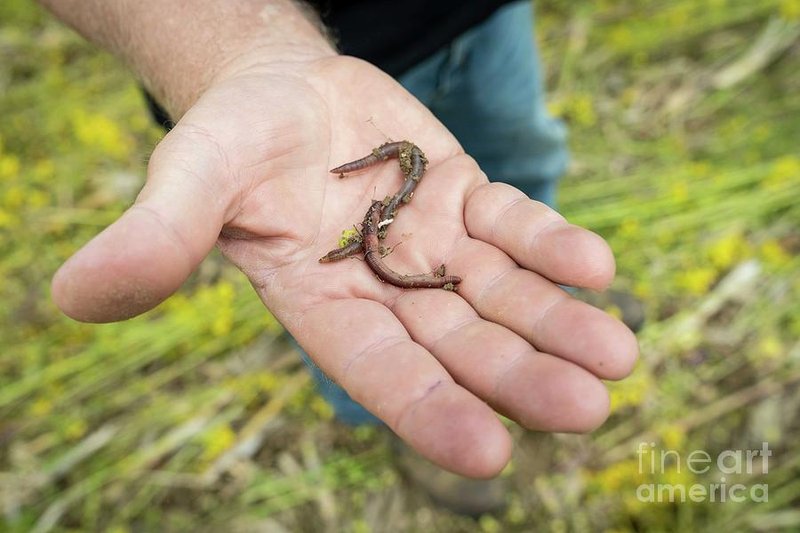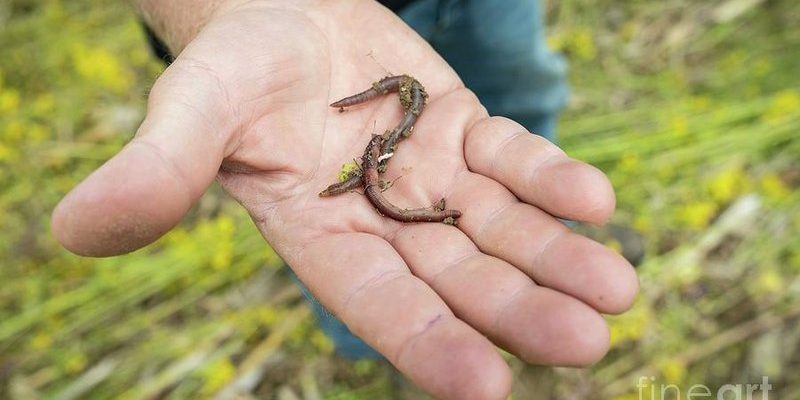
So, why are earthworms so important in no-till farming? Well, simply put, they boost soil health, enhance nutrient availability, and support plant growth—all essential for a successful crop. As we explore the relationship between earthworms and no-till farming systems, you’ll see how these creatures can make a big difference in sustainable agriculture. Let’s dig a little deeper into this topic.
Understanding No-Till Farming
No-till farming is a practice that minimizes soil disturbance. Instead of plowing, farmers plant seeds directly into the soil. This technique has gained popularity due to its numerous benefits. Think of it as a way of letting the soil do its thing without interference.
One major advantage of no-till farming is that it helps preserve soil structure. When soil is left undisturbed, it retains its natural composition, moisture, and beneficial organisms. This is vital for maintaining the health of the land and ensuring it can produce crops year after year. Plus, it reduces erosion and improves water retention, making it easier for plants to thrive.
You might be wondering how earthworms fit into this picture. Well, they thrive in no-till environments where the soil is rich and intact. Their natural behaviors, like burrowing and feeding on organic matter, contribute to a healthier, more fertile soil ecosystem. So, they’re not just passively hanging out; they’re actively working to create the perfect environment for crops.
The Role of Earthworms in Soil Health
Earthworms are often referred to as “nature’s tillers,” and for good reason. As they move through the soil, they create tunnels that improve aeration and drainage. Imagine how hard it is to breathe in a stuffy room versus a well-ventilated one. That’s similar to how plants feel when their roots can get the oxygen they need thanks to earthworm activity.
Moreover, as earthworms digest organic material, they break it down into valuable nutrients. Their castings—essentially worm poop—are rich in nitrogen, phosphorus, and potassium, which are all crucial for plant health. This means that the more earthworms you have, the more nutrients are available to your crops, leading to increased growth and productivity.
Let’s not forget about the microbiome that thrives in the worms’ environment. The presence of earthworms supports a diverse community of microorganisms, creating a balanced ecosystem that further enhances soil fertility. All these interactions highlight why earthworms play such a vital role in sustainable agriculture.
Benefits of Earthworms in No-Till Systems
There are several benefits to having earthworms present in no-till farming systems. Here are some key points to consider:
- Nutrient Cycling: Earthworms help cycle nutrients back into the soil, ensuring plants have access to what they need to grow.
- Improved Soil Structure: Their burrowing helps create channels in the soil, which enhances water infiltration and root penetration.
- Pest Control: Healthy soil with earthworms can support natural pest control systems, reducing the need for chemical interventions.
- Organic Matter Breakdown: Earthworms break down organic matter, which helps in the formation of humus—a vital component of healthy soil.
By bringing earthworms into play, no-till systems not only benefit from improved soil health but also promote a more sustainable approach to farming. This symbiotic relationship between worms and crops is a win-win, showcasing the beauty of nature’s design.
Challenges for Earthworms in Farming
While earthworms provide amazing benefits, they do face challenges, especially in agricultural settings. Pesticides and herbicides can harm their populations, disrupting the delicate balance of the soil ecosystem. Additionally, soil compaction from heavy machinery, even in no-till systems, can limit earthworm movement and reduce their effectiveness.
Another concern is the introduction of non-native earthworm species that can outcompete local populations. These invasive species can lead to changes in soil structure and nutrient dynamics, often to the detriment of the native ecosystem. It’s essential for farmers to be aware of these challenges and take steps to protect their earthworm communities.
Maintaining healthy earthworm populations involves integrating sustainable practices such as minimizing chemical use, rotating crops, and applying organic fertilizers. When farmers care for their earthworms, they support a healthier farming system overall.
How to Promote Earthworm Health in No-Till Systems
If you’re a farmer looking to enhance earthworm populations in your no-till system, here are some simple strategies:
- Reduce Chemical Use: Limiting or eliminating pesticides can help maintain a healthy earthworm population.
- Add Organic Matter: Incorporating compost or cover crops can provide food for earthworms, encouraging their growth.
- Maintain Soil Moisture: Earthworms thrive in moist conditions, so keeping the soil adequately hydrated is crucial.
- Practice Crop Rotation: This can prevent soil depletion and support diverse worm populations.
By being proactive about these strategies, farmers can create a conducive environment for earthworms, which in turn leads to healthier crops and sustainable practices.
Earthworms as Indicators of Soil Health
Earthworms can also serve as indicators of soil health. When farmers see healthy earthworm populations, it’s a sign that the soil is rich and fertile. Conversely, a decline in earthworm numbers can be a warning sign of poor soil health.
Monitoring earthworm activity can provide valuable insights into the effectiveness of farming practices. A farmer might notice increased plant growth and reduced pest issues alongside a thriving earthworm population, indicating that their no-till approach is working well.
You might be surprised to learn that some farmers even conduct earthworm counts to gauge soil health. This straightforward metric can help guide future farming decisions and practices.
The importance of earthworms in no-till farming systems can’t be overstated. These tiny creatures play a pivotal role in enhancing soil health, improving crop yields, and providing a sustainable approach to agriculture. By promoting practices that support earthworm populations, farmers can reap the benefits of healthier soil and thriving ecosystems.
As we move toward more environmentally friendly farming methods, recognizing the value of earthworms is essential. They remind us that sometimes the smallest creatures can have the biggest impact. So, let’s give a nod to our wriggly friends and consider how we can work together to build a vibrant, sustainable future in farming.

